Want to bring more life and joy to your backyard?
Meet the Black-capped Chickadee, one of Canada’s most beloved birds. Found throughout most of Canada, these puffballs are a joy to watch year-round. Want to make your yard the ultimate chickadee hangout? With the right food, shelter, and nesting spaces, you can help these friendly birds thrive while getting a front-row seat to their daily adventures!
Give Them Something to Eat
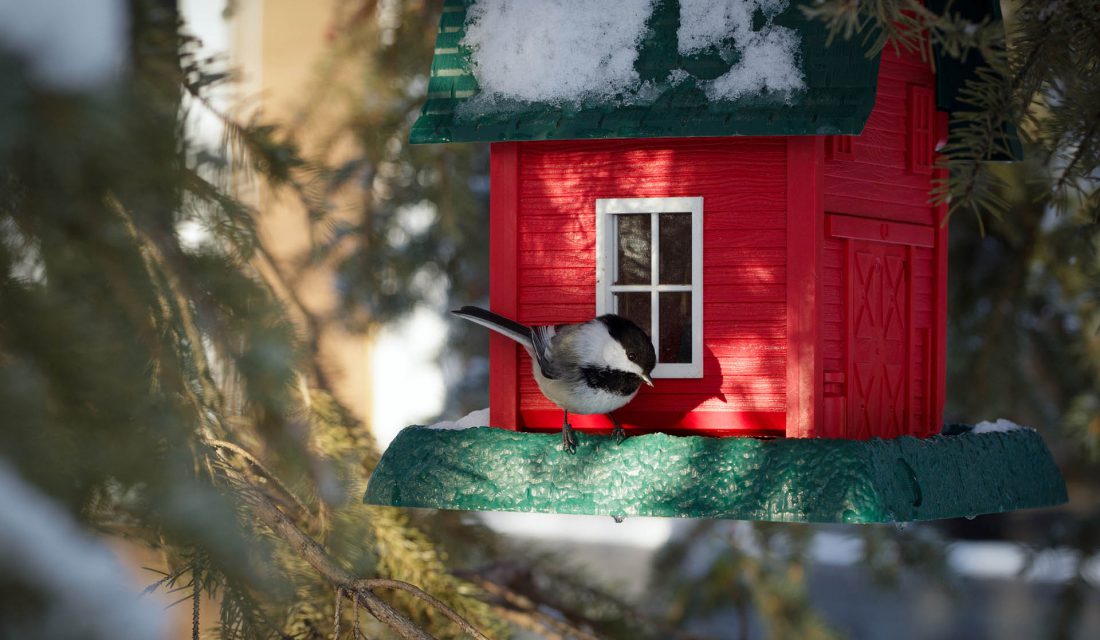
These tiny birds are always on the move, especially when it comes to hunting for food or noshing on birdseed. During the spring and summer months, Black-capped Chickadees feast on insect eggs, larvae and pupae from all kinds of insects such as sawflies, weevils, caterpillars and spiders. In fact, during the breeding season, 90 per cent of their diet consists of invertebrates! This is why planting native species in your garden is so important – they host the native insects chickadees rely on. Native trees like oaks and birches are particularly valuable because they support a variety of caterpillars and other tasty insects that chickadees love to munch on.
When winter rolls around and insect populations dwindle, chickadees shift their diet to include more berries and seeds. Want to keep them around through the colder months? Offering feeders filled with sunflower seeds, peanuts, suet or mealworm will make your garden a haven for these adorable birds.
Give Them a Place to Rest
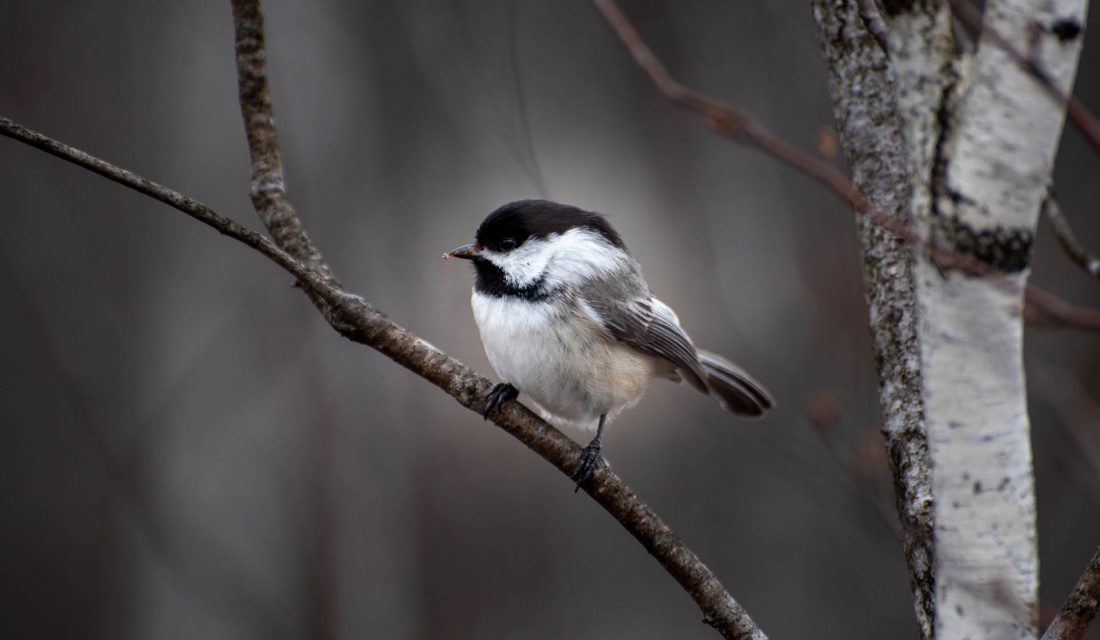
Black-capped Chickadees might be tough, but they still need a warm, safe place to huddle during harsh Canadian winters. If your yard has coniferous trees, you’re already giving them a great place to roost. Chickadees often gather in evergreens to stay out of the wind and snow, or if they’re lucky, they’ll find a cozy hole in a tree to shelter in overnight. They like to roost in the highest branches of large conifers, but smaller trees will do in a pinch. If you want to support chickadees all year long, consider adding some evergreens to your landscape, or even leaving a brush pile out to roost in will do the trick.
Give Them a Place to Nest
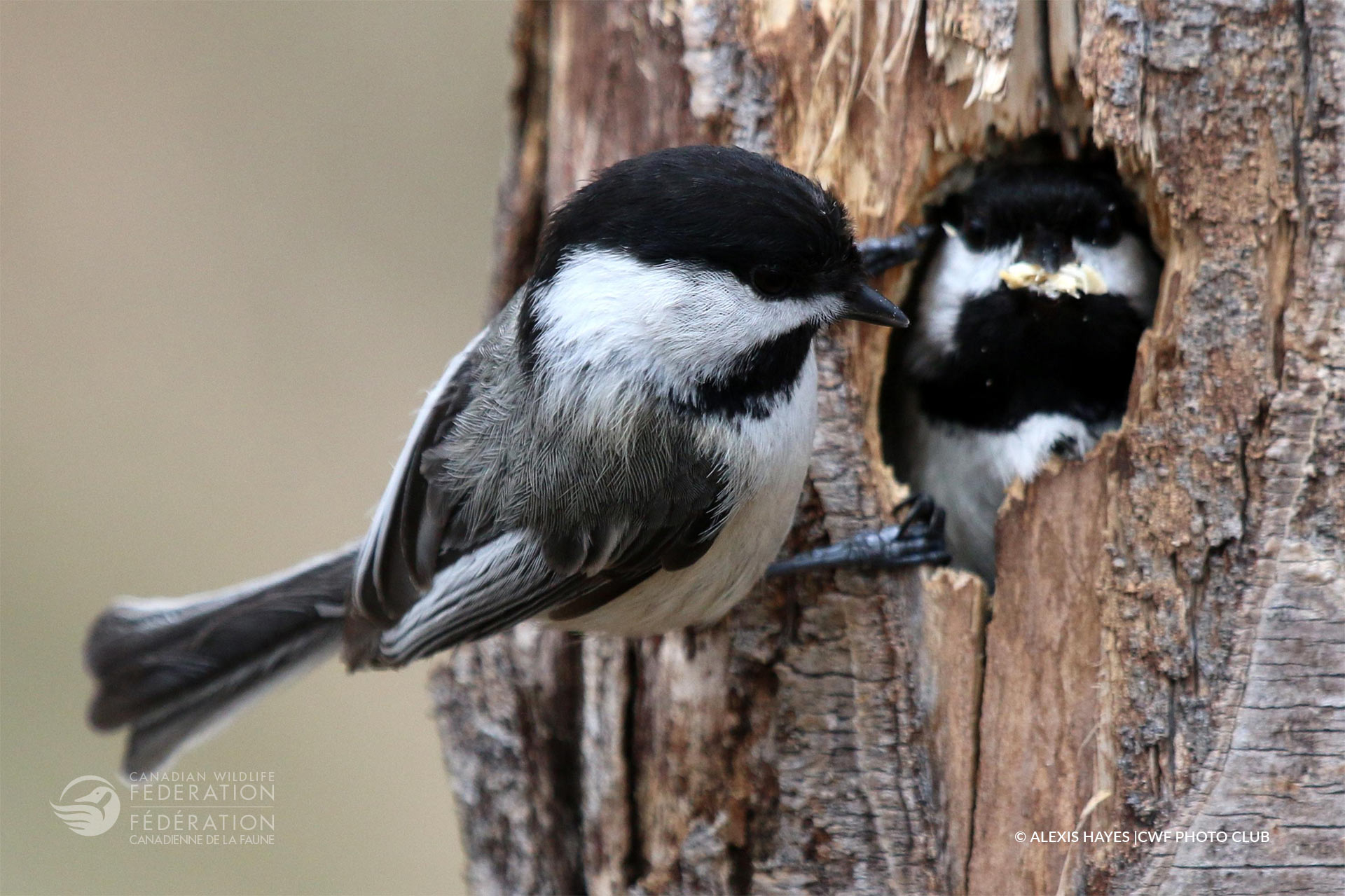
If your yard has birch or alder trees, you might just have the perfect spot for a Black-capped Chickadee family! Starting in late March or early April, female chickadees begin scouting out nesting sites, often opting to excavate a hole in dead tree stumps or parts of live trees. They’ll also consider moving into abandoned cavities left by other birds, like Downy Woodpeckers. Once they find their home sweet home, chickadee pairs build their nests with soft materials like fur, moss and plant down. The female lays a clutch of six to eight eggs.
If you don’t have a suitable tree in your yard, don’t worry! You can help by putting up a nesting box. Just be sure to set it up before spring arrives, so the chickadees don’t overlook your yard. Attaching a guard to the box will help to keep the nest safe from predation. Bonus points if you fill the box with sawdust or wood shavings to make it extra inviting!

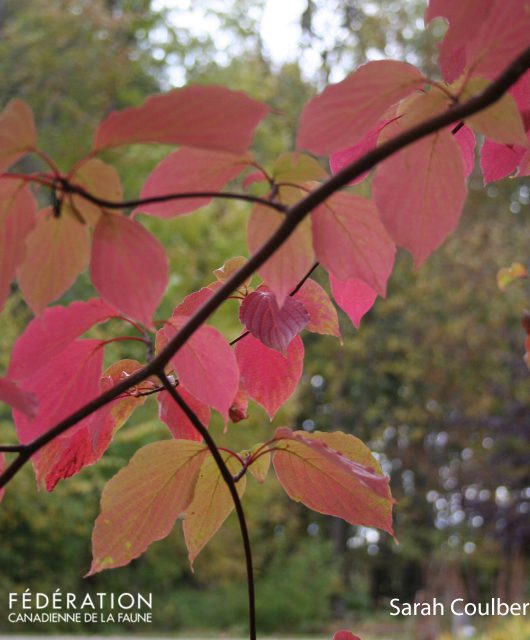

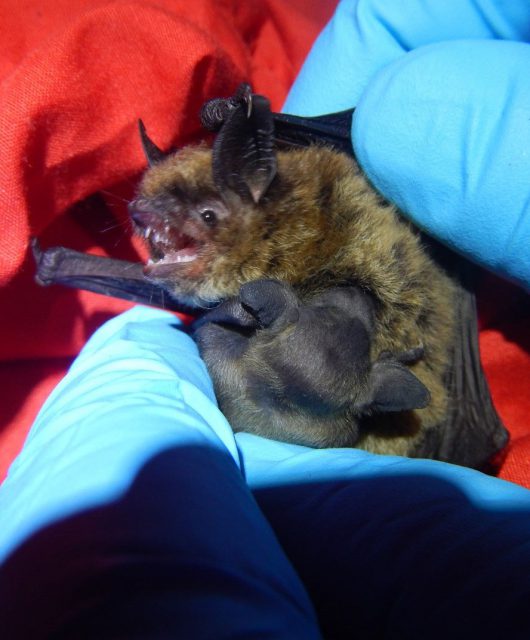
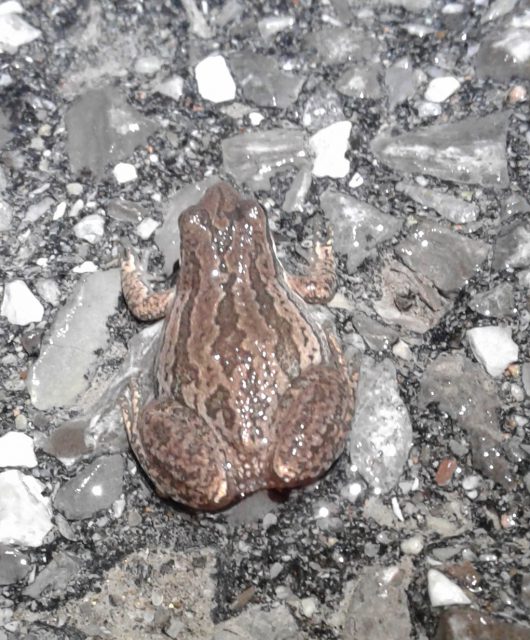
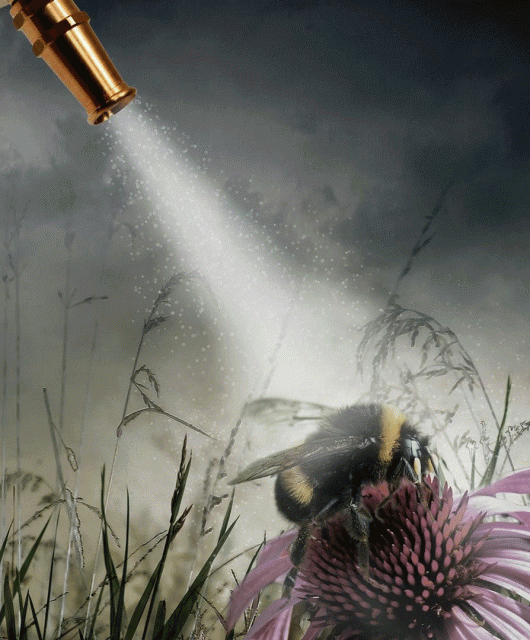
3 comments
Hi,
I’ve been trying to attract black-capped chickadees to my backyard for almost 3 years with no success. I have had Nuthatches, Woodpeckers, Cardinals and Blue Jays but never had the famous Dee-dee at my garden. I’ve tried different feeders such as suet and tube feeders, as well as setting up a chickadee bird house and planting native plants but not sure why it isn’t working. Could it also be because of the location? The trail near my house has a LOT of Black-capped chickadees, but they never come near houses. I rarely see predators in my backyard so I don’t think that’s the case. Could there be some kind of thing about chickadees not liking urban spaces, or am I just not lucky enough?
We always used black sunflower seeds to feed our birds in the Laurentians. If I’m not mistaken, our Chickadees love scrounging for seeds dropped from the feeders. So they’re scrounging on the ground, not necessarily on the feeders.
Hello*Thank you for your continuing support of nature. It’s beautiful what you’re doing. Trying to keep educating the public to the wonders of our natural world.
Doesn’t it feel sometimes we are fighting a losing battle? Everything I do, it is I believe in preserving our beautiful, gift of our world. But asking friends, family, neighbors, or anyone in our ‘community’, is like a Sisyphean task. No body wants to do the hard work anymore it seems. It’s so enormous,& terrifying how much trouble our planet is in, it’s difficult not to be frozen w fear.
I thank you again, & I’m so grateful for all you do.